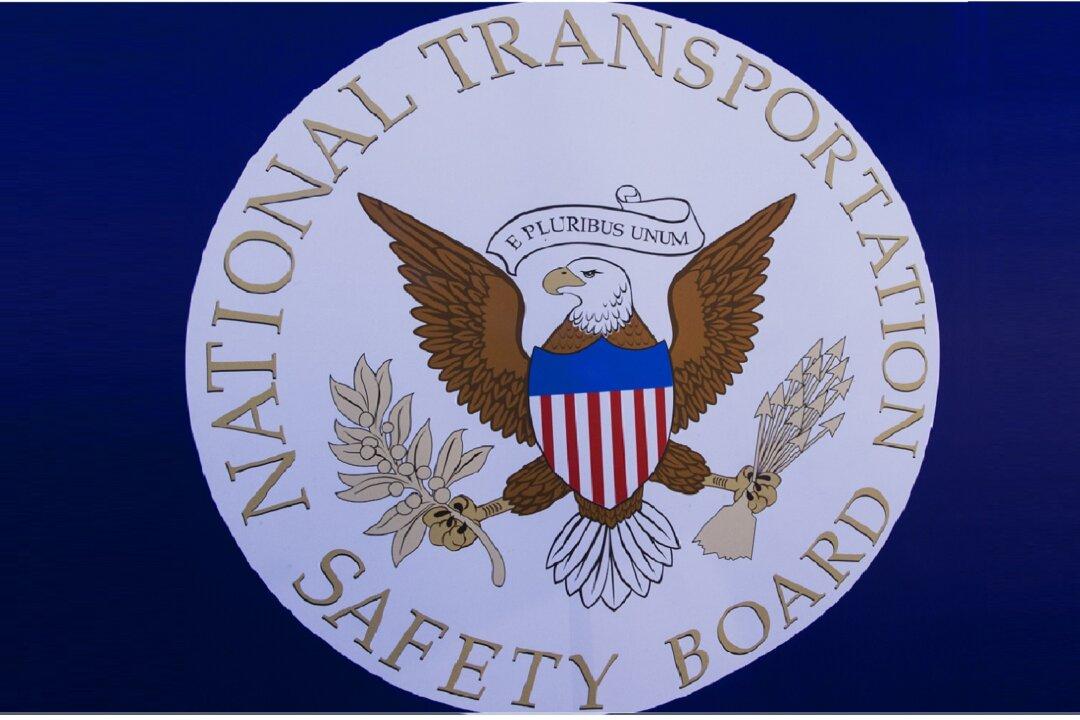The National Transportation Safety Board (NTSB) has recommended that “alcohol impairment detection systems” be fitted into all new vehicles in the United States to prevent an intoxicated person from getting behind the wheel.
The recommendation comes following an investigation into a crash near Avenal, California on Jan. 1, 2021, that killed nine people, including seven children.





